If you're new to ice skating or just trying to stay upright on the ice, double-blade skates might seem like a good idea. They’re stable, beginner-friendly, and help build confidence quickly. But here’s the deal: while they’re great for learning the basics, they won’t take you far if you want to improve your skills. For advanced skating or tricks, you'll need single-blade skates.
And if ice isn’t your thing, Snowfeet* Mini Ski Skates offer a fun way to glide on snow with just your regular winter boots. They’re portable, easy to use, and perfect for snowy backyard adventures or trails.
Here’s a quick breakdown:
- Double-blade skates: Best for beginners, great stability, but limited for skill growth.
- Single-blade skates: Ideal for improving skills and advanced moves, but harder to learn initially.
- Snowfeet* Mini Ski Skates: Fun for snow, easy to carry, and versatile for different terrains.
Pick the right gear based on your goals - whether it’s learning, improving, or just having fun in the snow. :)
What Are Double Runner Ice Skates? - The Winter Sport Xpert
1. Double-Blade Ice Skates
Double-blade ice skates are a great starting point for anyone new to ice skating. With two parallel blades, they’re designed to provide extra balance and stability, making that first step onto the ice a lot less daunting. Let’s break down what makes these skates so beginner-friendly, along with a few limitations to keep in mind.
Stability
One of the standout features of double-blade skates is their stability. The two blades create a wider surface area, which helps reduce wobbling and the risk of falling. For someone stepping onto the ice for the very first time, that extra support can be a game-changer. It’s like training wheels for skating - helping you stay upright and focus on enjoying the experience.
Learning Curve
Thanks to their stability, double-blade skates make the learning process much easier. Most beginners can start gliding around within minutes, which is perfect for anyone who wants a fun, low-pressure introduction to skating. These skates are especially popular with families and casual skaters who just want to enjoy some time on the ice without worrying about perfecting techniques.
Skill Progression
While double-blade skates are fantastic for building confidence and mastering the basics, they’re not designed for advanced skating. Their focus is on ease and comfort rather than performance. So, if you’re planning to tackle spins, jumps, or other advanced moves, you’ll eventually need to switch to single-blade skates that allow for more precision and control. Think of double-blade skates as a stepping stone, not the final destination.
Versatility
These skates are best suited for recreational activities like skating on ice rinks or frozen ponds. They can even handle hard-packed, icy snow, though that’s more of a bonus feature than their main purpose. Whether you’re at a local rink or enjoying a frozen pond in winter, double-blade skates are a solid choice for casual fun on the ice.
2. Single-Blade Ice Skates
Single-blade ice skates bring a timeless and skill-intensive experience to the ice, offering the foundation for mastering advanced techniques. While they demand more effort to learn, they open up opportunities for precision and finesse in skating.
Stability
With single-blade skates, balance and control become your best friends. The narrow blade gives you less surface area to work with, which might feel shaky at first. Strong, responsive ankles are key to maintaining proper form, and even seasoned skaters can feel a bit unsteady when switching from double-blade skates. But here’s the silver lining: once you conquer the balancing act, you gain unparalleled control over every movement.
Learning Curve
Getting the hang of single-blade skates can be tough but oh-so-rewarding. It often takes beginners a few weeks to build the ankle strength and balance needed to feel confident on the ice. The process involves strengthening your lower body, improving stability, and training your muscles to remember the right blade placement.
Once you’ve nailed the basics, these skates unlock the door to more advanced skills and techniques.
Skill Progression
This is where single-blade skates truly shine. They’re built for growth, taking you from simple forward glides to advanced moves like crossovers, sharp turns, quick stops, and even jumps and spins if figure skating is your thing. Their precision allows for fine-tuned weight shifts and edge control that double-blade skates just can’t match. Whether you’re into recreational skating, hockey, or figure skating, single-blades are your ticket to leveling up.
Versatility
Single-blade skates come in different styles to suit various activities:
- Hockey skates: Shorter blades and extra ankle support make these perfect for quick turns and intense gameplay.
- Figure skates: Longer blades with toe picks allow for jumps, spins, and graceful movements, while the boots offer flexibility for artistic expression.
- Recreational skates: A balanced option that prioritizes comfort while still delivering decent performance.
With so many options, you can find a pair tailored to your skating goals.
Price
Single-blade skates range widely in price. Entry-level recreational models typically cost between $100 and $150, while professional-grade hockey and figure skates can go from $500 to $800 - or even exceed $1,000. The higher price tag reflects the craftsmanship, specialized materials, and performance features these skates offer. While they’re a bigger upfront investment compared to double-blade skates, many passionate skaters find the improved performance and durability well worth the cost.
sbb-itb-17ade95
3. Snowfeet* Mini Ski Skates

Snowfeet* Mini Ski Skates bring a whole new twist to winter sports. Unlike traditional ice skates made for smooth ice surfaces, these compact mini skis - measuring just 15 inches (38 cm) - are designed specifically for snow. Think of them as a hybrid between skiing and skating, giving you the freedom to explore snowy terrains in a way that feels fresh and exciting.
Stability
One of the standout features of Snowfeet* Mini Ski Skates is their stability. Instead of balancing on thin ice skate blades, you’re supported by a wider platform that feels more natural on uneven, snowy ground. The short, 38 cm length makes them easier to control compared to full-length skis, which can sometimes feel clunky or intimidating. Whether you’re a beginner or a seasoned winter sports enthusiast, these mini ski skates inspire confidence from the moment you strap them on.
Learning Curve
Getting started with Snowfeet* is a breeze. Thanks to their intuitive design, they mimic your natural walking or skating motion, so there’s no steep learning curve. Just step into the bindings, and you’re ready to glide. No need for hours of practice or complicated adjustments - these skates are about keeping it simple and fun.
Skill Progression
What makes Snowfeet* so versatile is their ability to handle different terrains. Unlike ice skates, which are limited to rinks or frozen ponds, these mini ski skates let you explore snow-covered trails, gentle slopes, steeper hills, and even snowparks. Their compact design makes it easy to try out creative moves and gradually build your skills. Whether you’re cruising down a hill or weaving through a snowy path, they adapt to your pace and style.
Versatility
Snowfeet* Mini Ski Skates are all about convenience. They work with regular winter shoes or specialized boots, so there’s no need to buy extra gear. Plus, their small size means you can toss them in a backpack and take them anywhere. Whether you’re heading to a local trail or planning a day at the snowpark, these mini ski skates are ready to go.
Price
At approximately $250, Snowfeet* Mini Ski Skates offer a budget-friendly way to enjoy winter sports. Unlike traditional setups that may require rink fees or expensive maintenance, these skates let you explore a variety of snowy terrains without breaking the bank. For anyone looking for a fun, all-in-one snow adventure, they’re a solid investment.
Pros and Cons Summary
Here’s a quick rundown of the strengths and weaknesses of each option.
Double-blade ice skates provide excellent initial stability, making them a go-to choice for beginners. However, they lack properly defined edges, which makes it harder to learn core skating skills like stopping, pushing off, gliding, spinning, and jumping.
Single-blade ice skates, on the other hand, allow for authentic technique and steady skill growth. That said, they can feel shaky for those just starting out, as they require more balance and control.
Now, let’s talk about Snowfeet* Mini Ski Skates. These are a bit of a wildcard - they’re not confined to ice rinks. With their compact 15-inch design, they offer a stable platform, encourage skill-building, and are super portable.
Check out the table below for a side-by-side comparison of the key features:
| Feature | Double-Blade Ice Skates | Single-Blade Ice Skates | Snowfeet* Mini Ski Skates |
|---|---|---|---|
| Stability | High (right away) | Lower at first (improves over time) | High (natural platform) |
| Learning Difficulty | Very Easy | Moderate to Hard | Easy |
| Skill Development | Limited (restricts progress) | Advanced | Progressive |
| Terrain Options | Ice rinks/frozen ponds only | Ice rinks/frozen ponds only | Snowy surfaces |
| Cost Range | $30–$80 | $50–$300+ | Around $250 |
| Portability | Moderate | Moderate | Excellent (fits in a backpack) |
| Equipment Needs | Specialized ice skate boots | Specialized ice skate boots | Regular winter shoes |
Double-blade skates are affordable upfront, but their limitations become apparent as you try to advance. Single-blade skates cost more initially but offer far greater potential for developing your skills. Snowfeet* Mini Ski Skates land somewhere in the middle on cost, but they save you on venue fees since you can use them anywhere there’s snow - think backyard, trails, or gentle slopes.
Unlike traditional skates, Snowfeet* don’t tie you to an ice rink or specific weather conditions. Plus, they’re low-maintenance compared to regular skates. Whether you’re looking to master skating basics, tackle snowy adventures, or just have fun, this breakdown should help you weigh your options.
Final Recommendations
Here’s a quick guide to picking the right gear for every type of winter sports enthusiast, based on the analysis above.
For beginners and young children:
Double-blade ice skates are a great starting point. They provide extra stability, making it easier to gain confidence on the ice. However, once basic balance is mastered, they might feel limiting for further skill growth.
For skaters looking to level up their skills:
Single-blade ice skates are the way to go. They offer better control and are perfect for learning advanced techniques like edge work, sharp turns, and stopping. If you're serious about improving, these are a solid choice.
For those who crave adventure beyond the rink:
Consider Snowfeet* Mini Ski Skates. At about $250, these 15-inch skates let you explore snowy terrains with just your regular winter boots. Lightweight and easy to carry, they’re a refreshing alternative to the bulky gear from brands like Rossignol or K2. Whether you’re hitting a snowy hill or a backyard slope, they’re a fun and flexible option.
For families or anyone looking to combine ice skating with snow sports, Snowfeet* Mini Ski Skates are a versatile pick that bridges both worlds. They’re a practical long-term investment for those wanting to mix things up and try something new.
FAQs
How do double-blade ice skates compare to single-blade skates for beginners?
Double-blade ice skates are a great choice for beginners, especially little ones between 2 and 4 years old. They’re designed with extra stability in mind, which makes it easier for kids to find their balance and feel more secure on the ice. This added support can help ease the fear of falling, turning those first skating attempts into a fun and confidence-building experience.
Single-blade skates, however, are a different story. They’re trickier to master but are ideal for building proper skating skills like balance and control. These skates are better suited for older kids (5 and up) and adults who are ready to focus on improving their technique. Deciding which type to go for really comes down to the skater’s age, skill level, and what they hope to achieve on the ice.
Can Snowfeet* Mini Ski Skates be used on both ice and snow, and how do they compare to traditional skis and snowboards?
Yes, Snowfeet Mini Ski Skates* are built for snow-covered surfaces like slopes, snowparks, hiking trails, or even your neighborhood hill. They’re compact, lightweight, and super easy to carry around, making them a great alternative to traditional skis or snowboards. Whether you're heading out for a quick adventure or just looking to have some fun in the snow, these skates are ready to go with minimal fuss.
Unlike bulky skiing gear, these mini skates are far easier to handle and much quicker to learn, especially if you’re a beginner. They’re perfect for anyone who wants to enjoy the snow without investing in pricey equipment or lift tickets. While they’re not designed to replace full-sized skis for high-speed alpine runs, they’re an awesome choice for casual, recreational use - and let’s be honest, they’re just plain fun.
When should beginners transition from double-blade to single-blade ice skates to improve their skills?
Once you've mastered balancing and gliding on double-blade skates, it's time to consider moving up to single-blade skates. Double-blades are perfect for building your confidence and getting the hang of basic movements, but single-blades open the door to sharper turns, smoother glides, and more advanced skills.
Ready to take things up a notch? Switching to single-blades is a great way to challenge yourself and refine your technique. They’re designed to help you develop better control and precision, making them the next logical step for anyone eager to step up their ice skating game.







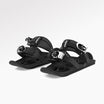
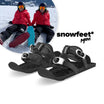
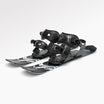
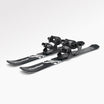

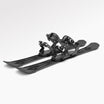

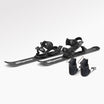






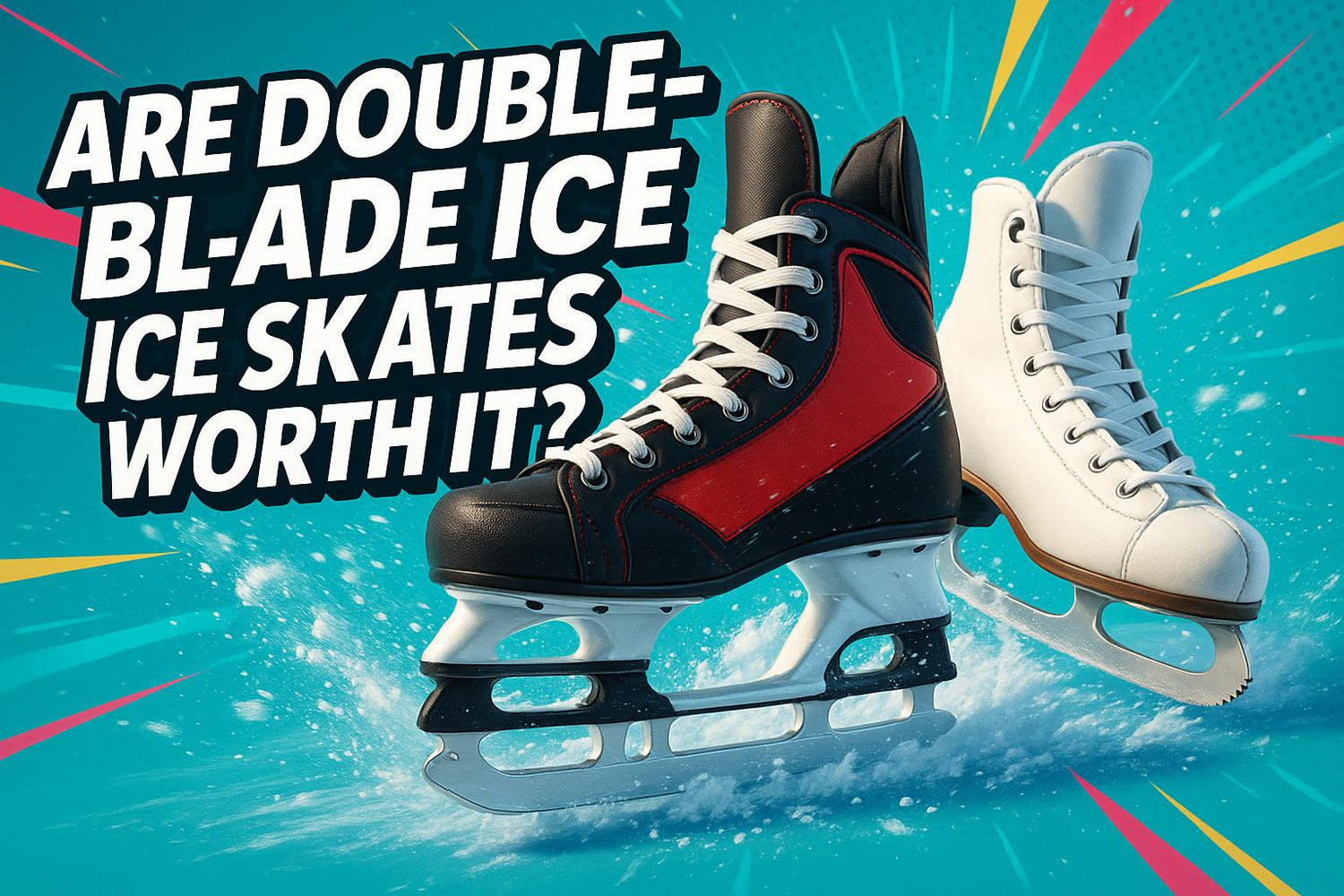

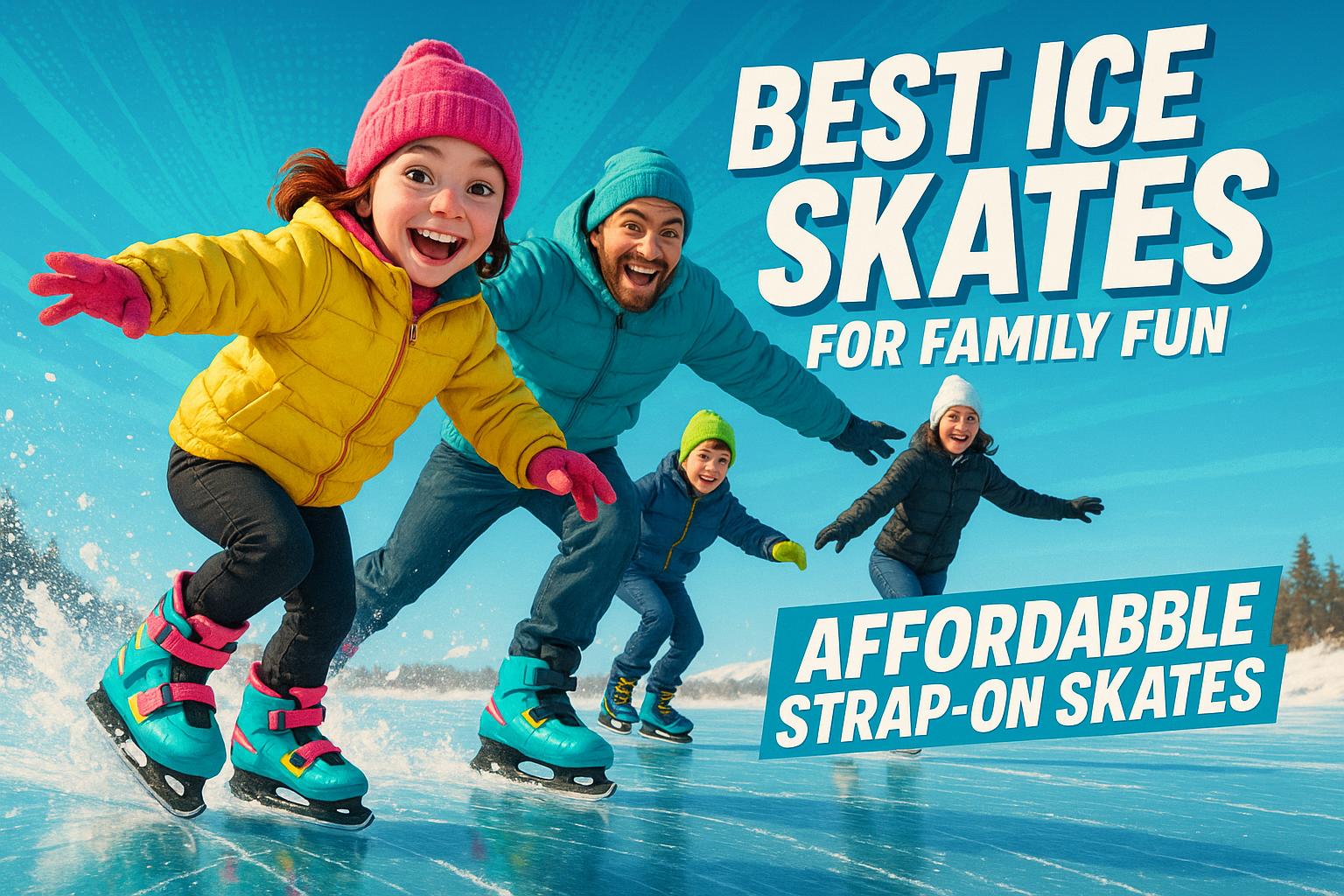




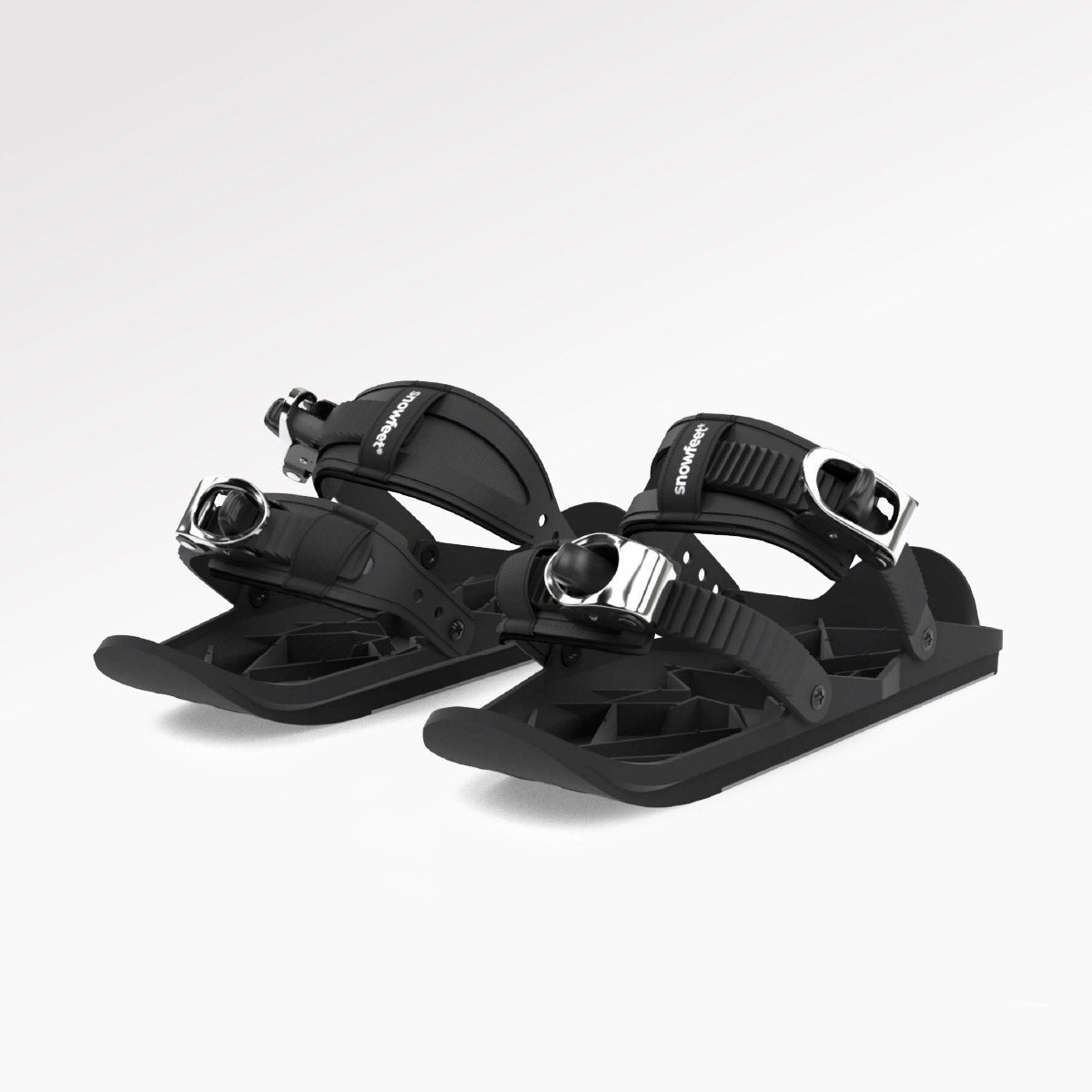
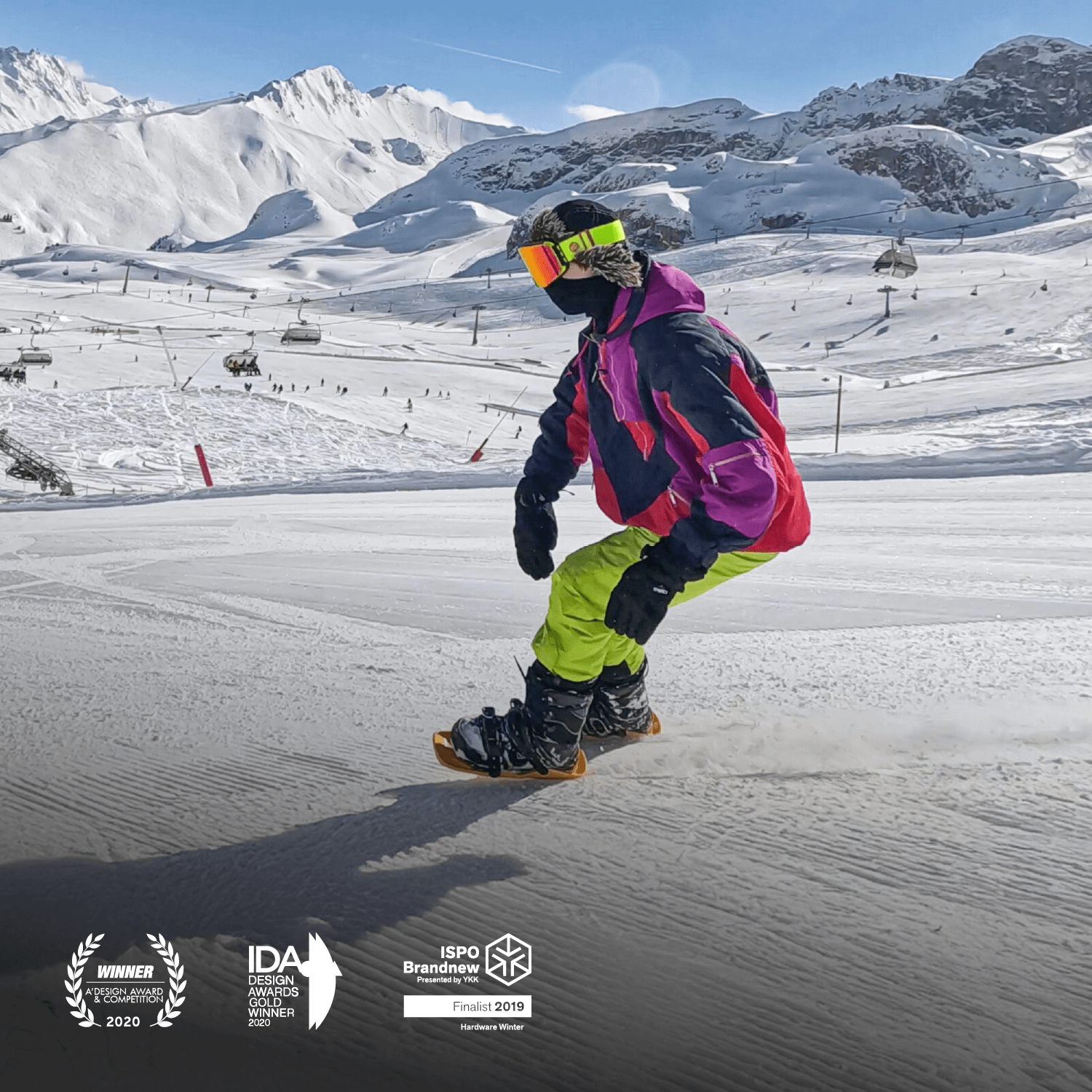
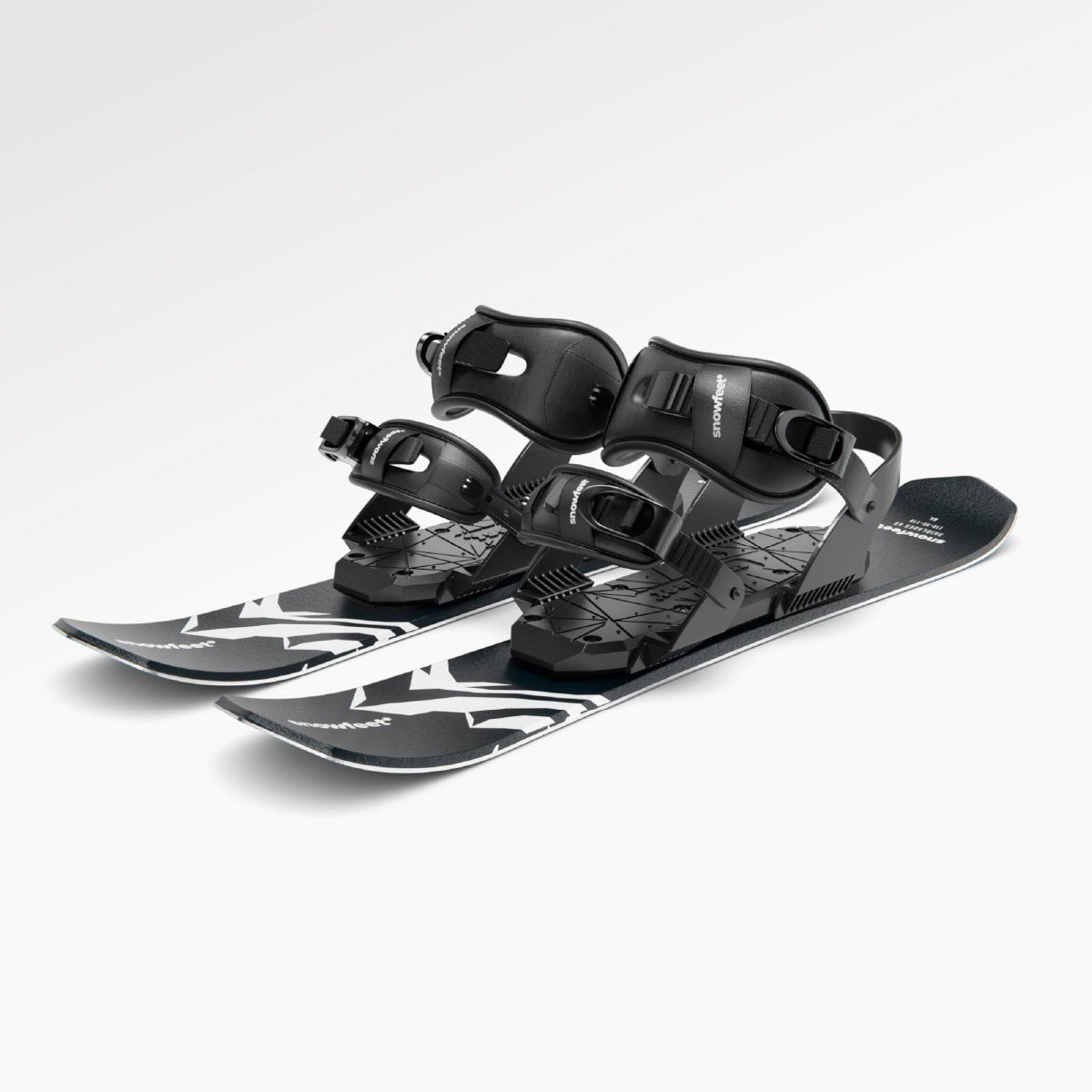

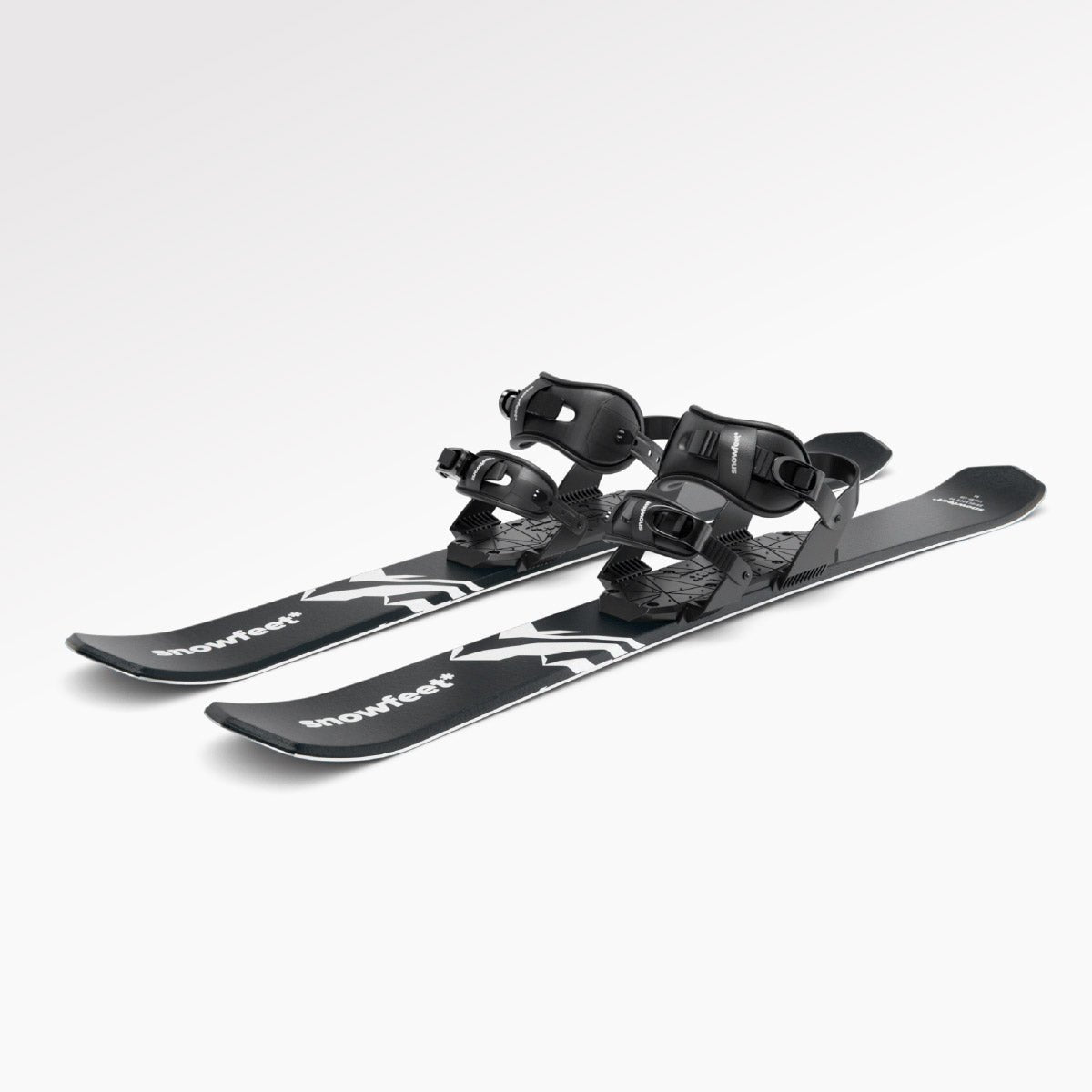

Lascia un commento
Questo sito è protetto da hCaptcha e applica le Norme sulla privacy e i Termini di servizio di hCaptcha.